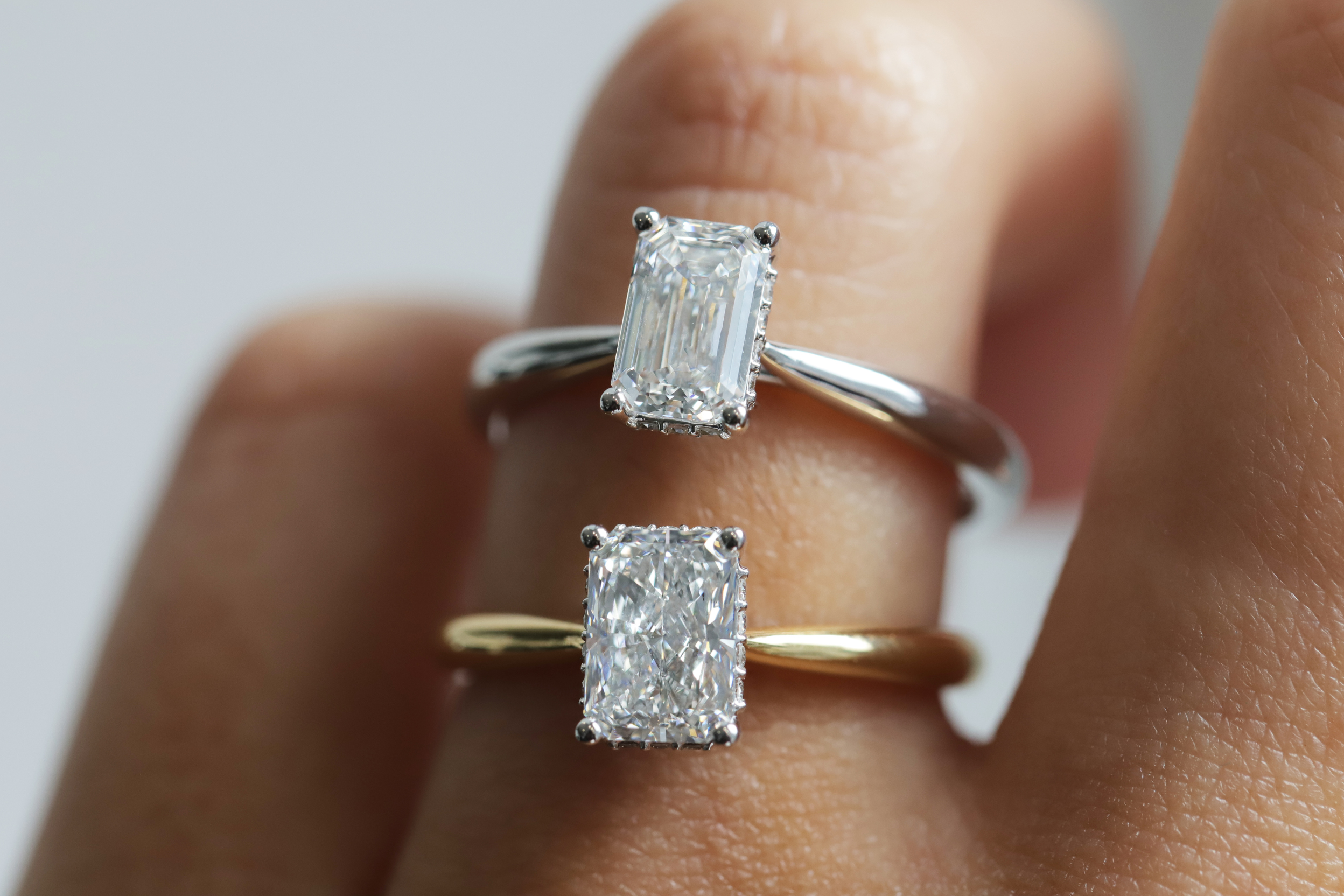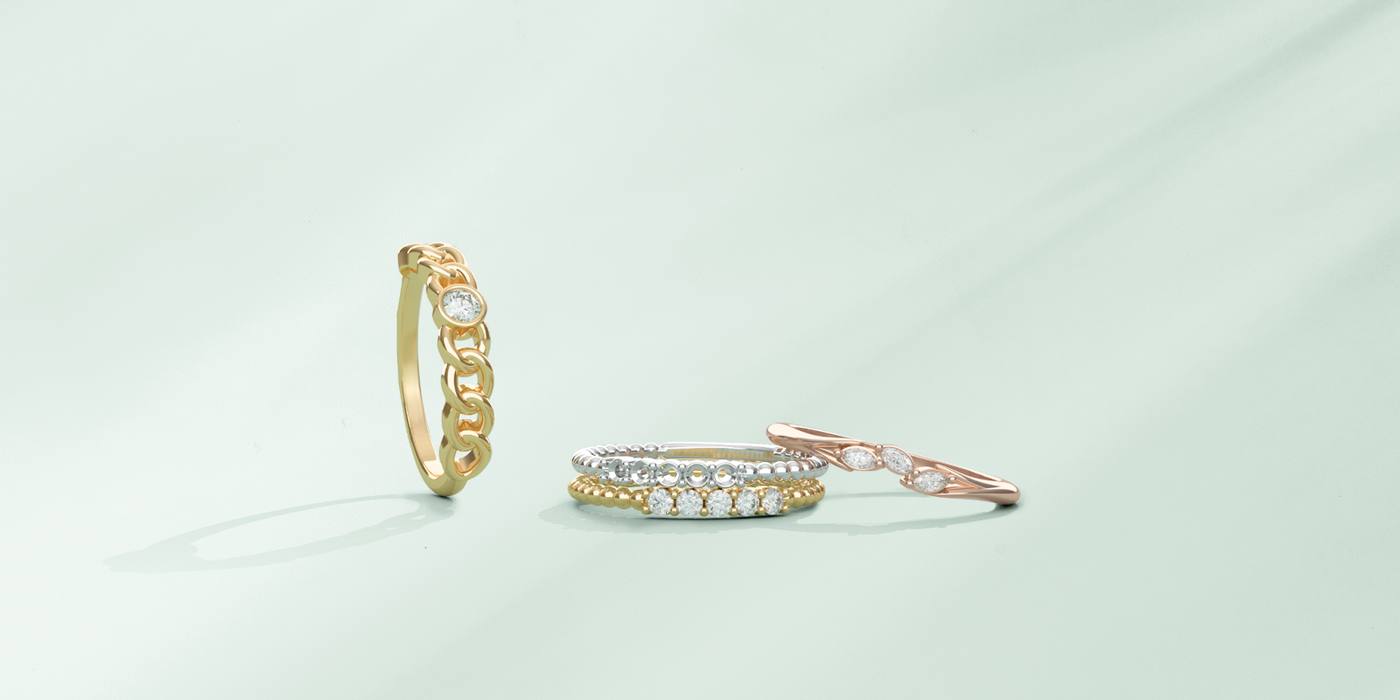Introduction
What are Lab Grown Diamonds?
Lab grown diamonds, also known as synthetic diamonds or cultured diamonds, are created in controlled laboratory environments using technological processes that replicate the natural conditions under which diamonds form in the Earth’s mantle.
Relevance and Importance
The production of lab grown diamonds offers a sustainable alternative to mined diamonds, reducing environmental impact and ethical concerns associated with traditional diamond mining.
Types and Categories
Chemical Composition
Lab grown diamonds share the same chemical composition as natural diamonds, consisting of carbon atoms arranged in a crystal lattice structure.
Growth Methods
High Pressure High Temperature (HPHT)
HPHT mimics the natural diamond formation process by subjecting carbon to extreme heat and pressure, resulting in diamond crystal growth.
Chemical Vapor Deposition (CVD)
CVD involves the deposition of carbon atoms onto a substrate in a controlled chamber using a gas phase, resulting in diamond growth layer by layer.
Symptoms and Signs
Physical Characteristics
Lab grown diamonds exhibit identical physical properties to natural diamonds, including hardness, brilliance, and clarity.
Identification
Advanced spectroscopy and imaging techniques are used to distinguish lab grown diamonds from natural ones based on their growth patterns and trace elements.
Causes and Risk Factors
Environmental Impact
Mining for natural diamonds involves extensive land disruption and can lead to environmental degradation, whereas lab grown diamonds have a significantly lower ecological footprint.
Ethical Considerations
The diamond mining industry has faced scrutiny over human rights abuses and conflicts associated with diamond mining in certain regions, whereas lab grown diamonds offer a conflict-free alternative.
Diagnosis and Tests
Certification
Both natural and lab grown diamonds are graded and certified by independent gemological laboratories to assess their quality and authenticity.
Testing Methods
Gemological laboratories use advanced equipment such as spectrometers and microscopes to examine diamonds and determine their origin.
Treatment Options
Cutting and Polishing
Lab grown diamonds undergo the same cutting and polishing processes as natural diamonds to enhance their brilliance and shape.
Setting in Jewelry
Lab grown diamonds are increasingly being used by jewelry designers and manufacturers to create sustainable and ethical pieces.
Preventive Measures
Sustainable Practices
Choosing lab grown diamonds supports sustainable practices and reduces the demand for mined diamonds, lab made diamonds, thereby promoting environmental stewardship.
Consumer Awareness
Educating consumers about the benefits of lab grown diamonds empowers them to make informed choices aligned with their values and preferences.
Personal Stories or Case Studies
Customer Experiences
Many consumers share positive experiences of purchasing lab grown diamonds, highlighting their ethical sourcing and environmental benefits.
Expert Insights
Industry Perspective
According to experts in the jewelry and gemology sectors, lab grown diamonds represent a technological advancement with transformative potential for the industry.
Conclusion
Lab grown diamonds are revolutionizing the jewelry industry by offering a sustainable, ethical, and high-quality alternative to mined diamonds. By choosing lab grown diamonds, consumers can contribute to environmental conservation and ethical sourcing practices while enjoying the beauty and luxury of diamonds.







